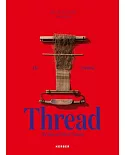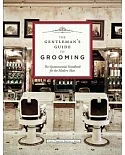This book examines the encounter between Impressionist painting and Parisian consumer culture. Its analysis of Impressionist paintings depicting women as consumers, producers, or sellers in
sites such as the millinery boutique, theater, opera, café-concert and market revises our understanding of the representation of women in Impressionist painting, from women¹s exclusion from
modernity to their inclusion in its public spaces, and from the privileging of the male gaze to a plurality of gazes. Ruth E. Iskin demonstrates that Impressionist painting addresses and
represents women in active roles, and not only as objects on display, and probes the complex relationship between the Parisienne, French fashion, and national identity. She analyzes
Impressionist representations of commodity displays and of signs of consumer culture such as advertising and shop fronts in views of Paris. Incorporating a wide range of nineteenth-century
literary and visual sources, Iskin situates Impressionist painting in the culture of consumption and suggests new ways of understanding the art and culture of nineteenth-century Paris. Ruth E.
Iskin holds a PhD from UCLA. She has received the Andrew W. Mellon fellowship at the Penn Humanities Forum. Her publications include essays in The Art Bulletin, Discourse, and
Nineteenth-Century Contexts. She teaches art history and visual culture at the Ben-Gurion University of the Negev in Israel.





















